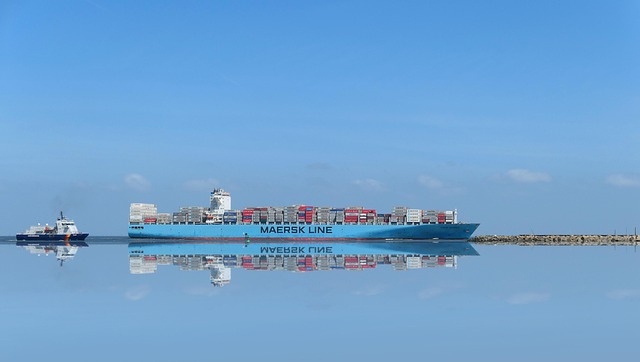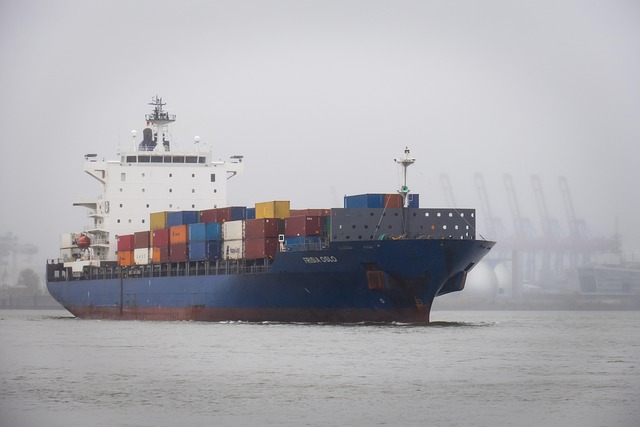Shipping container costs vary greatly by size (20ft, 40ft), type (standard, insulated, reefer), age (new vs used), and modifications needed. Newer containers are pricier but offer better durability. Used containers save on cost initially but modifications like insulation can increase expenses. Location, delivery services, and complexity of changes impact total pricing. Online calculators provide estimates, but detailed analyses for accurate shipping container cost comparisons are recommended.
In today’s globalized world, understanding shipping container costs is paramount for businesses. This article delves into the intricate financial landscape of shipping containers, offering a comprehensive guide on customization and modifications. From the base costs of standard containers to the factors driving custom expenses, we explore what makes each container unique. Additionally, we scrutinize modifications, their diverse financial implications, and how they can enhance or burden your logistics strategy. By the end, you’ll be equipped with insights crucial for making informed decisions regarding shipping container investments.
- Understanding Shipping Container Base Costs
- Factors Influencing Customization Expenses
- Exploring Modifications and Their Financial Impact
Understanding Shipping Container Base Costs
The base cost of a shipping container is a crucial starting point for any project involving these versatile units. These costs can vary greatly depending on several factors, including the container’s size (20ft, 40ft, or high cube), type (standard, insulated, reefer, or durable), and age (new vs. used). On average, a new 20-foot shipping container might start from around $3,000 to $5,000 USD, while a used one could range between $1,500 to $3,000. For the larger 40-footers, expect to pay anywhere from $5,000 to $8,000 for new and around $2,500 to $4,000 for used containers. Insulated and reefer containers, designed for temperature control, come at a premium, with costs often doubling or more compared to standard units.
When estimating shipping container costs, it’s essential to consider additional factors such as rental periods (if renting), delivery and shipping expenses, and potential modifications needed for specific purposes. Online tools like cost calculators can provide initial figures, but a detailed analysis should account for unique requirements, market fluctuations, and the overall shipping container cost breakdown specific to your location and project needs.
Factors Influencing Customization Expenses

The expense of customizing a shipping container is significantly influenced by several factors. First and foremost, shipping container cost per unit varies based on the size – 20ft, 40ft, or high cube – with larger containers generally being more expensive. Material type also plays a crucial role; insulated or reefer containers, for instance, come at a premium due to their specialized cooling systems.
Additionally, modifications such as adding windows, doors, electrical fittings, or insulation can substantially increase shipping container costs. The complexity of the customization – whether it involves structural changes or intricate installations – directly impacts the final shipping container cost estimate. Other factors like the location (both where the container is sourced and destined) and the need for delivery or rental services contribute to the overall shipping container cost breakdown.
Exploring Modifications and Their Financial Impact

When it comes to shipping containers, modifications and customizations can significantly impact the overall cost. Exploring these options is crucial for businesses looking to optimize their logistics and storage solutions. Depending on specific needs, such as adding insulation, installing reefer units for temperature control, or converting a standard 20ft or 40ft container into a high cube design, the financial implications can vary widely.
Each modification comes with its own set of shipping container cost factors. For instance, used containers may have lower initial shipping container costs per unit compared to new ones, but modifications like repairs and conversions can quickly add up. Insulated or reefer containers, for example, involve higher shipping container cost estimates due to specialized equipment and materials required. Understanding these cost breakdowns is essential when comparing shipping container cost charts, especially for businesses seeking durable and standard solutions versus premium options that cater to specific, unique requirements.
When considering the financial aspect of shipping containers, understanding the base costs, recognizing the impact of customization, and evaluating modifications are pivotal steps. These factors collectively determine the overall expense involved in tailoring these versatile units to specific needs. By delving into these elements, individuals and businesses can make informed decisions regarding their shipping container investments, ensuring they align with both budget constraints and desired functionalities.
